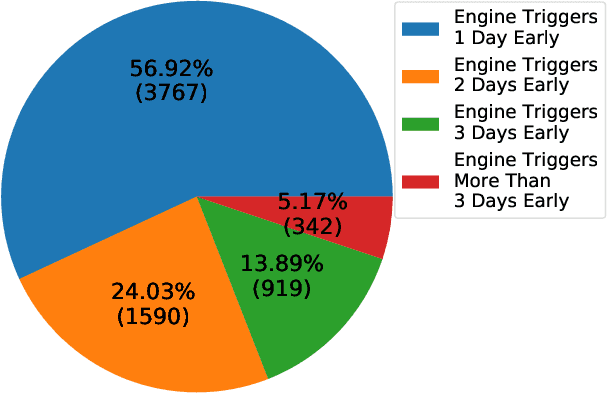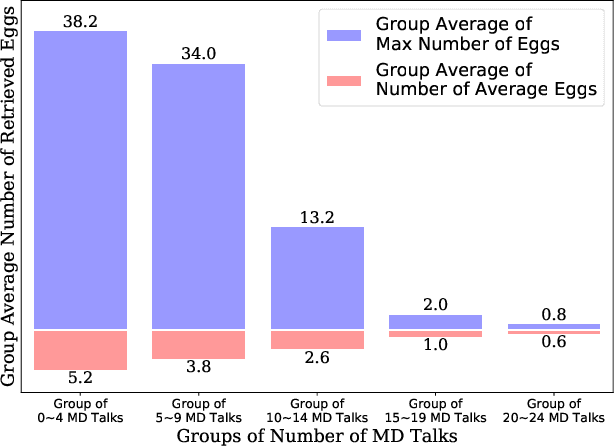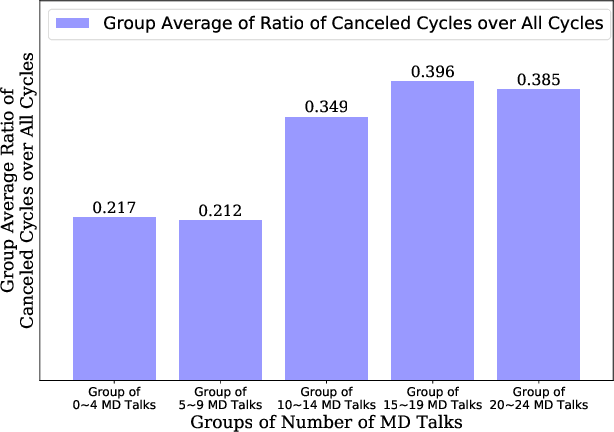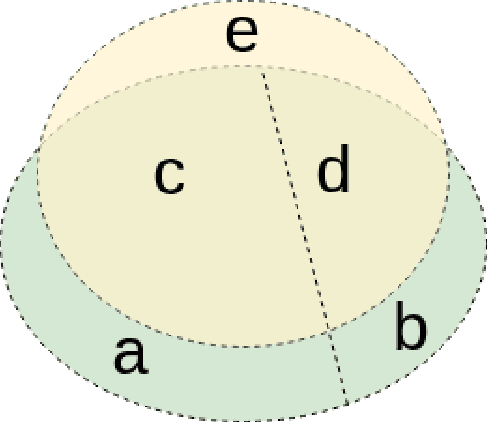Jing Ni
A Knowledge-Based Decision Support System for In Vitro Fertilization Treatment
Jan 27, 2022



Abstract:In Vitro Fertilization (IVF) is the most widely used Assisted Reproductive Technology (ART). IVF usually involves controlled ovarian stimulation, oocyte retrieval, fertilization in the laboratory with subsequent embryo transfer. The first two steps correspond with follicular phase of females and ovulation in their menstrual cycle. Therefore, we refer to it as the treatment cycle in our paper. The treatment cycle is crucial because the stimulation medications in IVF treatment are applied directly on patients. In order to optimize the stimulation effects and lower the side effects of the stimulation medications, prompt treatment adjustments are in need. In addition, the quality and quantity of the retrieved oocytes have a significant effect on the outcome of the following procedures. To improve the IVF success rate, we propose a knowledge-based decision support system that can provide medical advice on the treatment protocol and medication adjustment for each patient visit during IVF treatment cycle. Our system is efficient in data processing and light-weighted which can be easily embedded into electronic medical record systems. Moreover, an oocyte retrieval oriented evaluation demonstrates that our system performs well in terms of accuracy of advice for the protocols and medications.
Pseudo-Labeling for Small Lesion Detection on Diabetic Retinopathy Images
Mar 26, 2020



Abstract:Diabetic retinopathy (DR) is a primary cause of blindness in working-age people worldwide. About 3 to 4 million people with diabetes become blind because of DR every year. Diagnosis of DR through color fundus images is a common approach to mitigate such problem. However, DR diagnosis is a difficult and time consuming task, which requires experienced clinicians to identify the presence and significance of many small features on high resolution images. Convolutional Neural Network (CNN) has proved to be a promising approach for automatic biomedical image analysis recently. In this work, we investigate lesion detection on DR fundus images with CNN-based object detection methods. Lesion detection on fundus images faces two unique challenges. The first one is that our dataset is not fully labeled, i.e., only a subset of all lesion instances are marked. Not only will these unlabeled lesion instances not contribute to the training of the model, but also they will be mistakenly counted as false negatives, leading the model move to the opposite direction. The second challenge is that the lesion instances are usually very small, making them difficult to be found by normal object detectors. To address the first challenge, we introduce an iterative training algorithm for the semi-supervised method of pseudo-labeling, in which a considerable number of unlabeled lesion instances can be discovered to boost the performance of the lesion detector. For the small size targets problem, we extend both the input size and the depth of feature pyramid network (FPN) to produce a large CNN feature map, which can preserve the detail of small lesions and thus enhance the effectiveness of the lesion detector. The experimental results show that our proposed methods significantly outperform the baselines.
 Add to Chrome
Add to Chrome Add to Firefox
Add to Firefox Add to Edge
Add to Edge